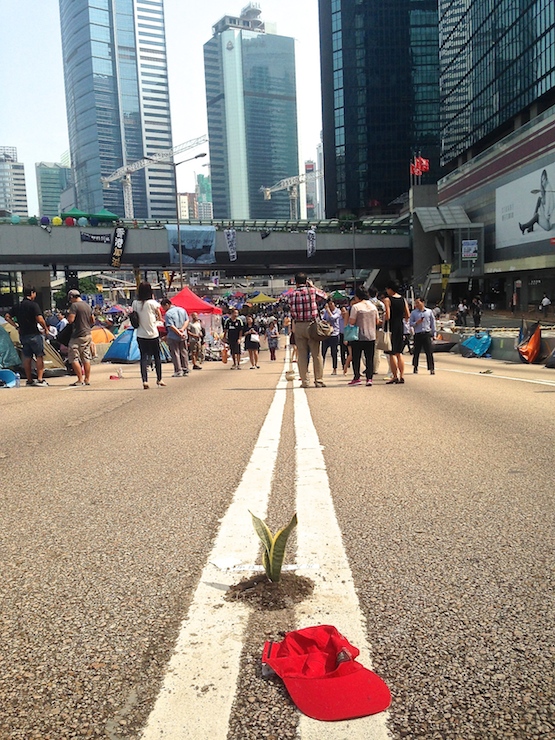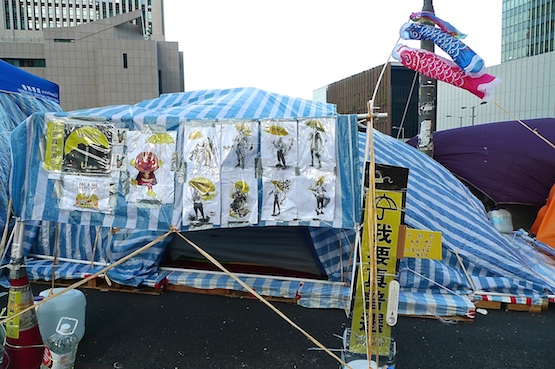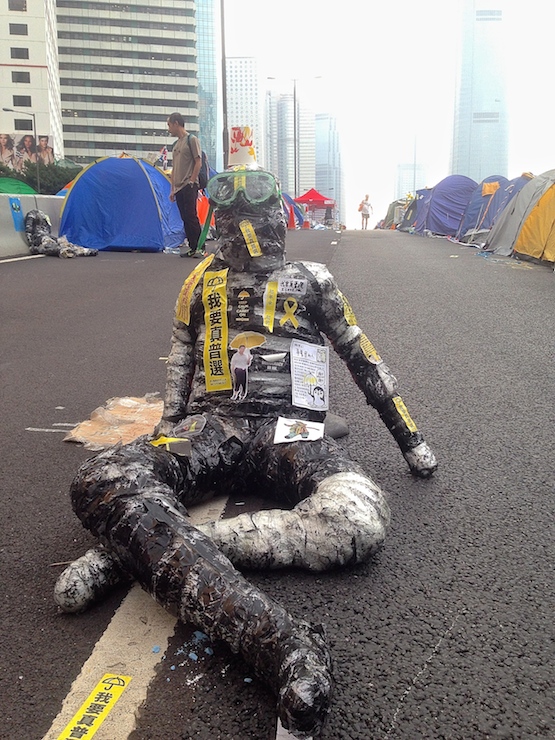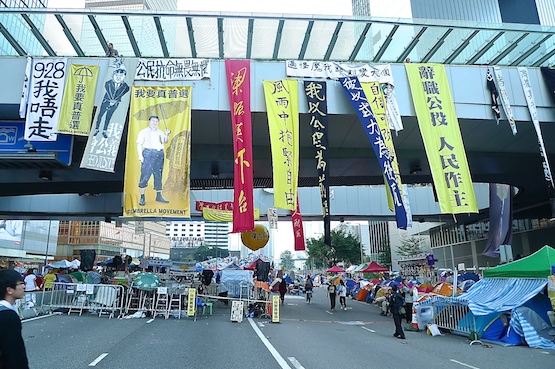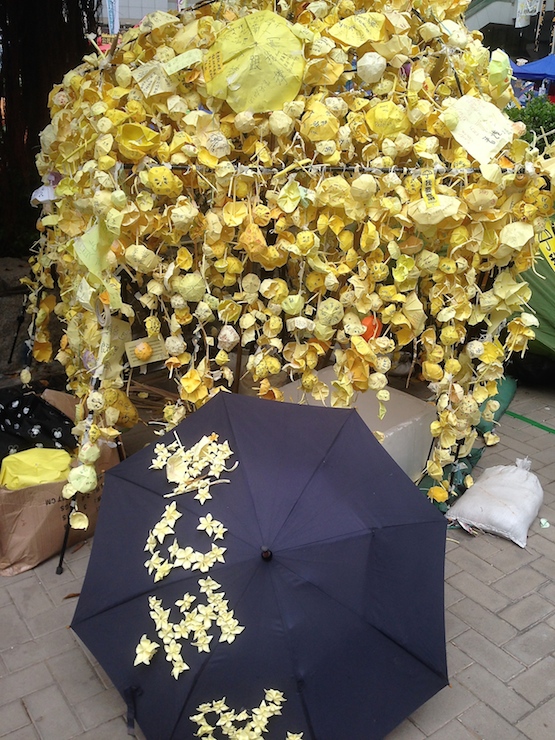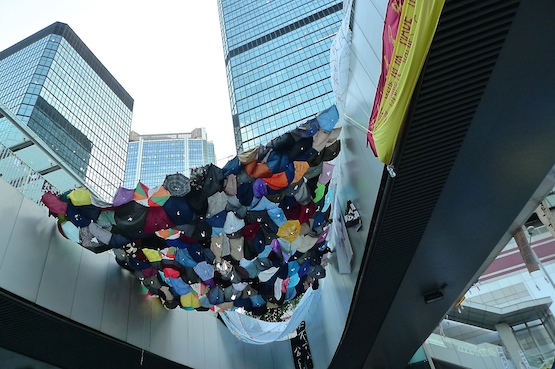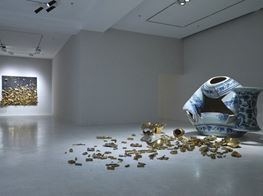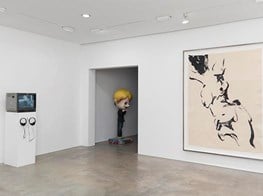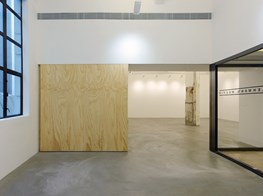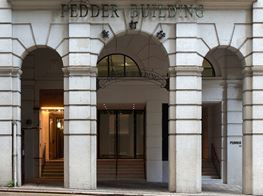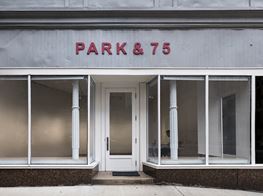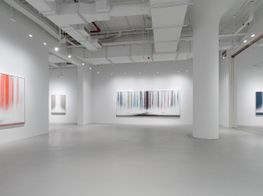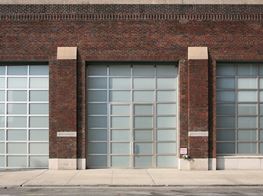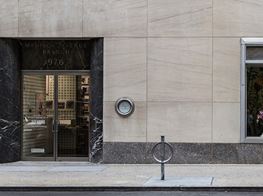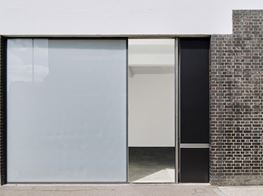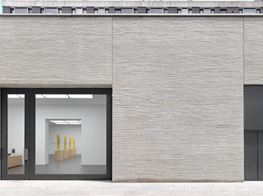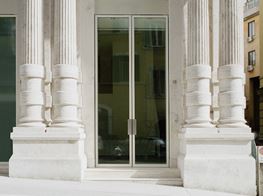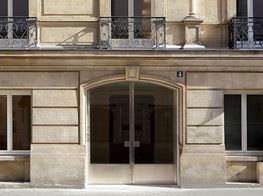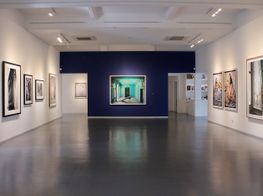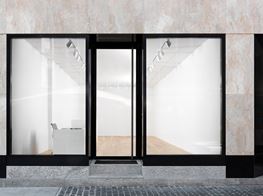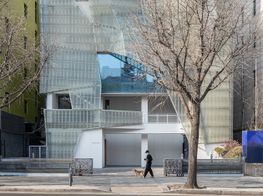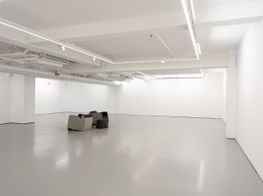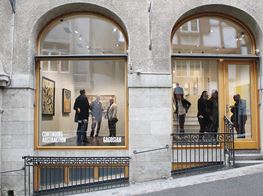Occupied With Art
A hastily cobbled together barricade dissects Connaught Rd. It signals the beginning of the Occupy Central zone where for over eight weeks one of Hong Kong’s main CBD roads has been blocked to all traffic in a pro democracy protest that, in its first few weeks, brought the city to a stand still and captured international attention. A cut-out of chief executive CY Leung’s fang baring face is impaled on one of the barricade spokes.
Standing a stone’s throw from the prestigious Mandarin Oriental, a symbol of British colonial pampering and refinement, the scene resembles something out of Lord of the Flies, but it belies the nature of the ‘Umbrella Movement’ within. Another barricade sign closer to Tamar government building perhaps more accurately describes the character of the protest zone: ‘Welcome to the Hong Kong Commune’.
Beyond the barricades lies an explosion of colourful tents pitched in rows on the side of the road. The area is buzzing with people at all hours of the day and a spirit of community, camaraderie, and creativity pervades. It feels more like Glastonbury without the drugs and mud, than a protest; a tiny creative utopian village within a big bustling commercial concrete city. It’s quite the antithesis of the rest of Hong Kong where it’s business as usual and commercial interests trump all others.
Down the middle of the road a column of benches is set up as a makeshift study area for students finishing homework and studying for exams. Most of the occupiers are students but there are also groups of older supporters, professionals and expats who drop by to show their support. Volunteer carpenters nail away, sand, and build wooden tables and chairs for the occupiers. There are communities of gardeners (for the Organic Guerilla Garden of Peace); first aid and food supply stations; laptop charging stations; recycling points; tents for watching movies and for reading philosophy; and a mascot ‘democracy’ ferret.
There is also an overwhelming outpouring of creativity, some would argue of an unprecedented level for Hong Kong, where culture and the development of arts has usually taken a back seat. Activities range from workshop groups of elderly women making yellow origami umbrellas, to more organised artistic gestures like creating the large banners that hang like ribbons of calligraphy from pedestrian overpasses, public sculptures, and installations.
Embodying the spirit of German conceptual artist Joseph Beuys, who advocated for the artist to be a force of change in contemporary society, many protestors are using art as a platform for political and social commentary, but also to explore and celebrate Hong Kong cultural identity.
Public art in Hong Kong is mainly restricted to malls or littered around corporate buildings, and art is still largely a commercial interest instead of a cultural one, with focus on the market rather than art local art production and education. At Occupy in Admiralty, the space belongs to the public, and art is everywhere. Every wall and surface seems covered in protest art, agitprop, Chinese characters, and Hong Kong cultural references from posters, stickers, and street art that embody the movement’s political ideals. Umbrellas are everywhere. They became the symbol of the protest movement, after demonstrators used them to defend themselves against police pepper spray attacks on September 28. Social media has helped the yellow umbrella become a brand for the movement, spreading the image globally.
One particular poster catches my eye: a graphic yellow star against a red background. It symbolizes the Chinese flag, but the corner of the star, shaped like a tiny yellow umbrella, is chipped off. The image is accompanied by a Nelson Mandela quote: “it always seems impossible until it’s done”, echoing philosopher, Slavoj Zizek’s open letter supporting the Hong Kong people in their “impossible dream.” Local graphic designer Jonathan Mak, designed the poster for the Umbrella Movement which can be found pasted on walls at the Admiralty and Causeway Bay occupy zones as well as spreading like wild fire through twitter, Instagram and Facebook. “The poster shows the monumental challenge people face, and the courage needed for this small step,” says Mak. A David and Goliath struggle that Hong Kongers face in their fight for self-determination.
Mak, like many in Hong Kong, feels the city is in the throes of a culturally and historically important moment. “Hong Kongers have never been known for their social activism, so even though there had been a few notable illustrators producing political art, nothing compares to the scale we’re seeing now, both in terms of the number of creators, and simply the amount of audience that gives a crap about what is being said. The umbrella, the color yellow… it’s not everyday you see symbols like these that a group of Hong Kong people can rally behind — or even fight against.”
Occupy has done the unexpected. This peaceful mass act of civil disobedience has unleashed nothing short of a creative tsunami, generating creative dialogue and a sense of community. “I’m impressed with what’s happening around Occupy”, New Zealand born Hong Kong based artist, David Boyce comments. “The creativity of Hong Kong people has always seemed an oxymoron… People generally think of Hong Kong as bankers”. Boyce has created a series of works inspired by the current events, dealing with memory, and identity politics. He’s one of many artists to have been inspired by Hong Kong’s political puberty.
Young artist, Connie Maoshan, started attending Occupy regularly after the police pepper spray attack. Her daily sit-ins inspired a detailed illustrated map of the Occupy ‘village’ in Admiralty. It was created for and belongs to the community explains Maoshan, and to that end it is displayed publically at the site and left for visitors to contribute to the map. Tang Kwok-hin, another young Hong Kong artist, is currently working in New York as part of an artist-in-residency programme, creating artwork that draws on the protest movement. He left Hong Kong as the protest was gaining traction and continues to support the movement from afar with his work.
The Occupy movement and the public space it has claimed for itself in Hong Kong’s urban environment has provided a platform of visibility for artists like Maoshan. “Working as an artist is not easy anywhere, and definitely not easy in Hong Kong. I have been working as a freelance illustrator and artist for sometime, and a lot of time it's very difficult to do anything unless you are already a little established in the field” the artist says. Hin also feels that that the protest site “is a good chance for artists to express out of white cubes, to reconnect with community via art.”
Many of the works invite public participation and interaction, fostering a sense of community, like the ‘Lennon Wall’, a staircase and wall plastered with thousands of colourful post-it notes bearing messages of support from passersby and protestors. It has become an iconic ‘installation’ of the Umbrella Revolution with its “thousands of notes stuck to the wall defying government, gravity and weather” says Charlotte Frost. The ‘wall’ has grown since the inception of the occupation, like a living organism, spreading its way up the staircase towards Tamar government building.
Hanging between the railings of footbridges near government offices is a canopy of hundreds of multi coloured umbrellas, the ‘Umbrella Patchwork," created out of old broken umbrellas by a group of 50 students from the Academy of Visual Arts at Hong Kong Baptist University. It gives shelter and shade to protesters camped underneath, with cracks of blue sky peeking through the holes. Perhaps the most prominent artwork to have been created so far from Occupy Hong Kong made by a 22 year old artist known only as Milk, is ‘Umbrella Man’, a 12-foot-high human figure made of wood blocks, holding out a yellow umbrella, reminiscent of the 1989 Tiananmen protests' Goddess of Democracy statue.
Opposite the ‘Lennon Wall’ and ‘Umbrella Man’ is the ‘Umbrella Bush’ made out of hundreds of folded paper origami umbrellas. Visitors are free to participate and add their own yellow paper umbrella with a message. Sampson Wong Tu-hin’s ‘Stand by You - Add Oil Machine’, projects messages of solidarity emailed from around the world, onto the side of government headquarters. The work has already attracted the attention of The Freedom Flowers Foundation, a foundation set up by Hong Kong-based Manuel Salvisberg with Chinese dissident artist Ai Weiwei, to support human rights and democracy-centred artworks. Salvisberg says the ‘Add Oil Machine’ is a great example of the power and impact of art. “It gives anyone a platform to communicate their views in a non-controlled manner to a non-controlled audience symbolising and manifesting freedom of speech in a place where Hong Kongers have themselves taken their right to freedom of assembly.”
The Occupation zone has gradually become smaller over the past eight weeks, reduced to a relatively small, contained, stretch of Connaught Rd. An end to the Occupation is inevitable, and chaotic traffic will once more clog the streets where once art and tents stood. The question is what to do with all the art works? In an effort to preserve and document all the art, theatre critic Meagan McGurgan set up the Umbrella Movement Visual Archives and Research Collection. The organisation, made up of artists, curators, educators and volunteers across Hong Kong including: artist provocateur and assistant professor at Polytechnic University, Kacey Wong; Charlotte Frost, visiting assistant professor at the School of Creative Media in Hong Kong; and Sampson Wong Yu-hin, have been busy creating documentation toolkits, maps, videos and inventories of the various sites, digitally archiving as much material as they can from the protest sites. “We’ve even been researching approaches like the V&A’s ‘rapid response collecting’” says Frost. McGurgan has also been rallying to preserve the art, arranging warehouse space for works.
Social media has been an indispensible tool in disseminating images of artworks but also for documenting the works, many of which are ephemeral and site specific and will lose their meaning once they’re taken out of the political and physical context in which they were created. Scroll through hashtag #umbrellarevolution or #occupycentral on twitter and instagram and thousands of images of will pop up chronicling the evolution of the movement and the Occupy zone’s artworks. Artists like Kacey Wong, have also created a Facebook page in which he ran a tongue in cheek competition to brand the protests with umbrella logos and designs and also document the many of works created.
“Just a few months back M+ were encouraging Hong Kong’s citizens to help digitally archive its iconic neon jungle,” says Frost. “Now we are in the midst a self-organised creative call and response—suddenly anyone can be an artist, curator, critic, archivist…And what’s more the work they are creating is all about Hong Kong.”—[O]

